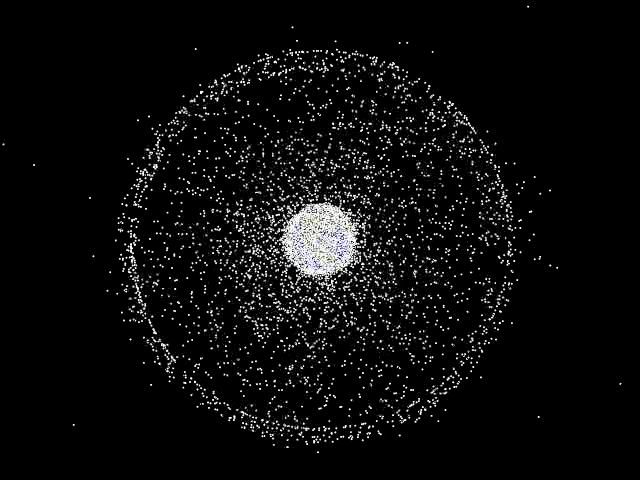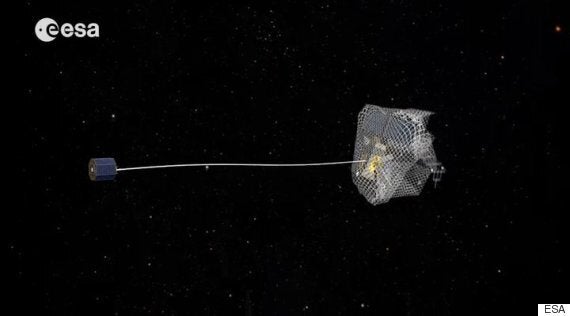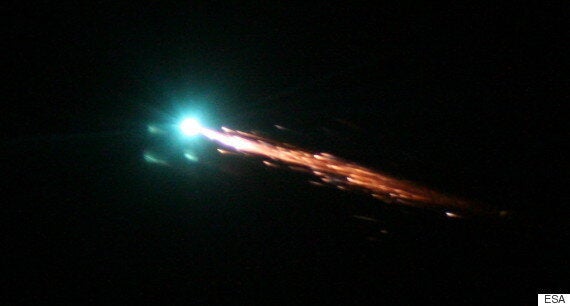A Russian space scientist has warned that if left unchecked, the growing levels of space junk could lead to either a major political crisis or even a major military conflict.

Vitaly Adushkin from the Russian Academy of Sciences in Moscow spoke to the Guardian newspaper about a paper he's authored that will be published in the journal Acta Astronautica.
In the paper Adushkin explains that while dangerous in the very physical sense, the 20,000 pieces of significant space debris could be politically dangerous as well.
SEE ALSO:
With each nation having their own specific fleet of highly advanced spy satellites, Adushkin warns that if one were to be destroyed by a piece of space debris it would become very difficult to prove firstly whose space debris it had come from and secondly whether or not it was actually an accident.
Adushkin goes on to point out that this isn't merely a hypothesis, there have been several known cases of military satellites mysteriously going offline.
If aggressive action towards a satellite wasn't bad enough it actually perpetuates the entire scenario by not only creating a political crisis but by making the space junk situation even worse.
This was so aptly demonstrated in 2007 when the Chinese government decided to test one of its anti-satellite missiles destroying one of its old weather satellites while creating a further 3,000 pieces of debris in the process.
There are roughly 500,000 pieces of known space junk orbiting the Earth, ranging from paint flecks to larger pieces of debris the size of a football.
With each of them travelling at over 17,000mph even a paint fleck as the ability to cause catastrophic damage to a satellite, or spacecraft.
The International Space Station for example had to make five critical course corrections in 2014 to try and avoid known pieces of space debris.
So what's the solution?
There are a number of solutions in place, none of them concrete but thanks to evolving technologies they are becoming more realistic.
The ESA's e.DeOrbit mission is one of those. Accepting that at present the 500,000 pieces of junk are going to be almost impossible to collect straight away, e.DeOrbit instead focuses on the largest pieces of junk with the hopes of preventing further collisions which could cause even more debris.

Once launched via a VEGA rocket, e.DeOrbit will then track down a piece of large space debris. Once found the ESA has a range of different capture mechanisms that it's currently exploring:
Throw-nets have the advantage of scalability – a large enough net can capture anything, no matter its size and attitude. Tentacles, a clamping mechanism that builds on current berthing and docking mechanisms, could allow the capture of launch adapter rings of various different satellites.
READ MORE:
Finally, the spacecraft will have to tow the piece of debris down into the atmosphere destroying both.
In the long-term however the key is prevention. Elon Musk's Space X company has been working hard over the past five years to finally create a rocket that can be launched and entirely recovered for re-use.
The rocket program has made slow but significant progress. The ESA encourages the active destruction of vehicles that can't be recovered, suggesting that companies deliberately put in place systems on board future satellites and vehicles that allow them to burn up in the atmosphere at the end of their lifespan.
